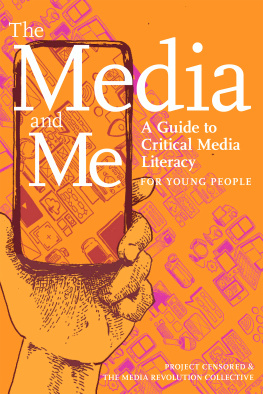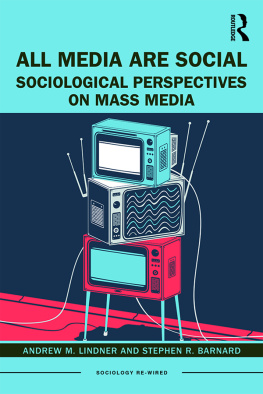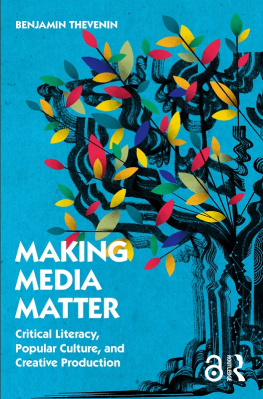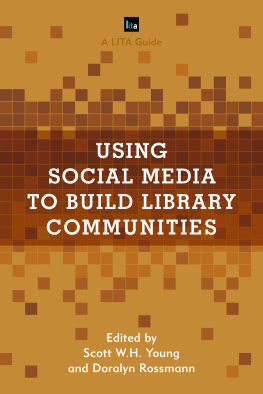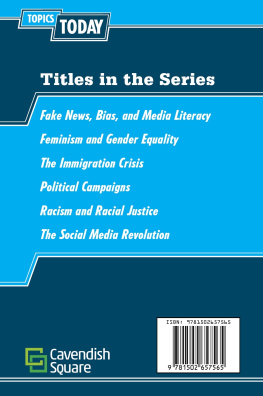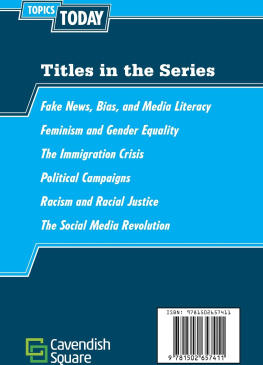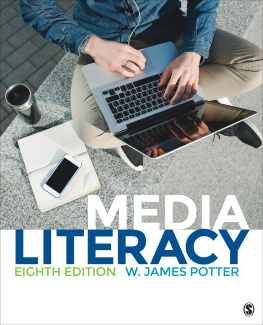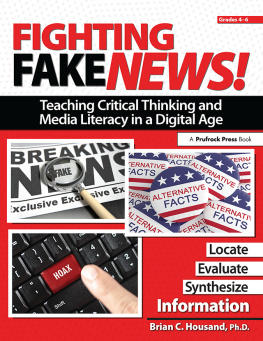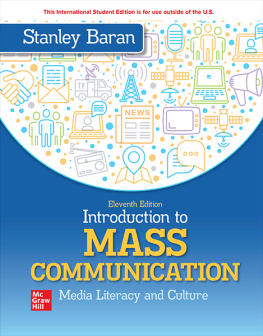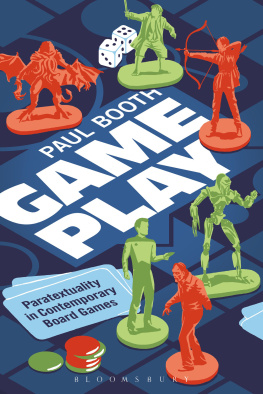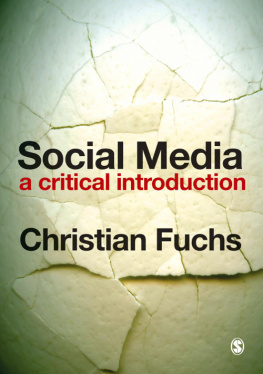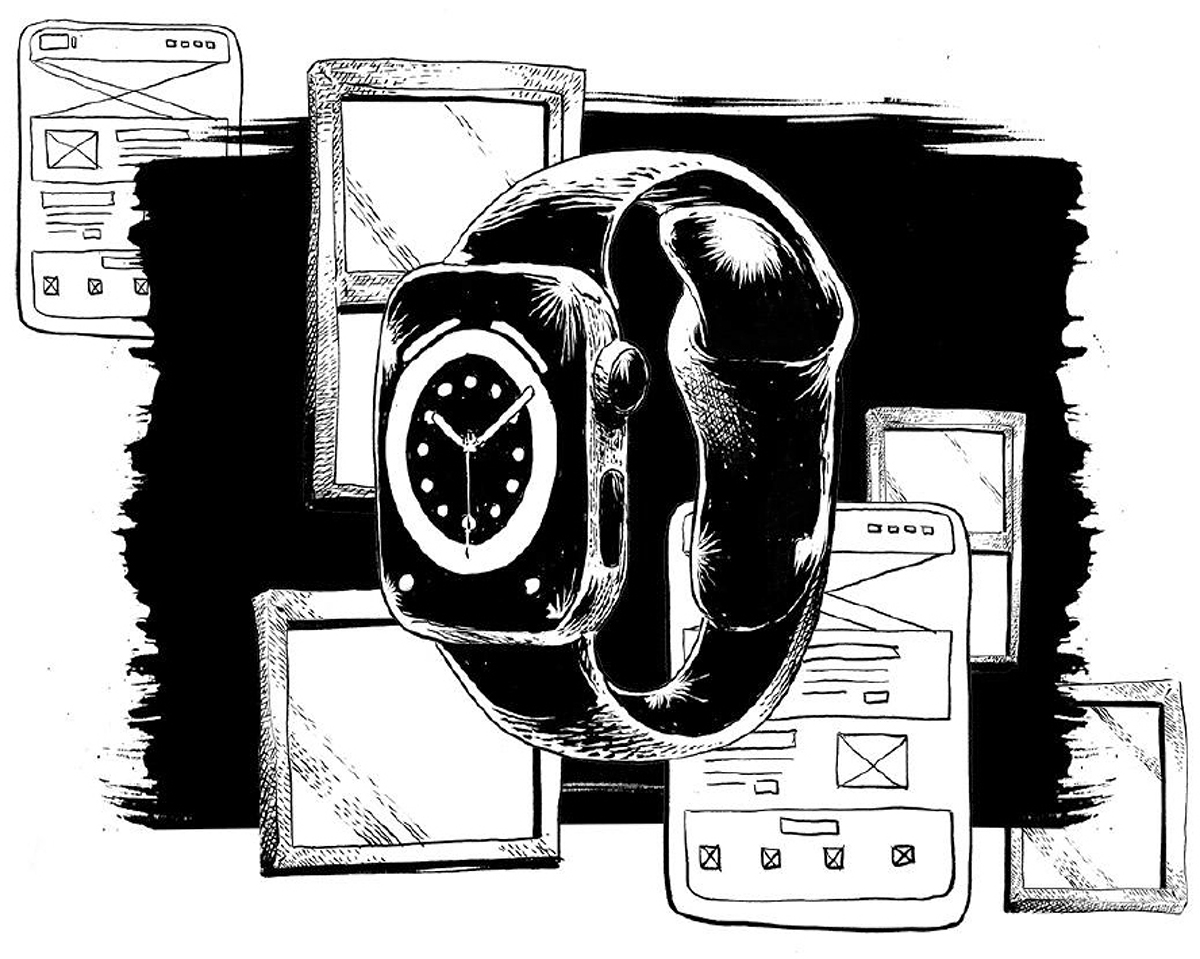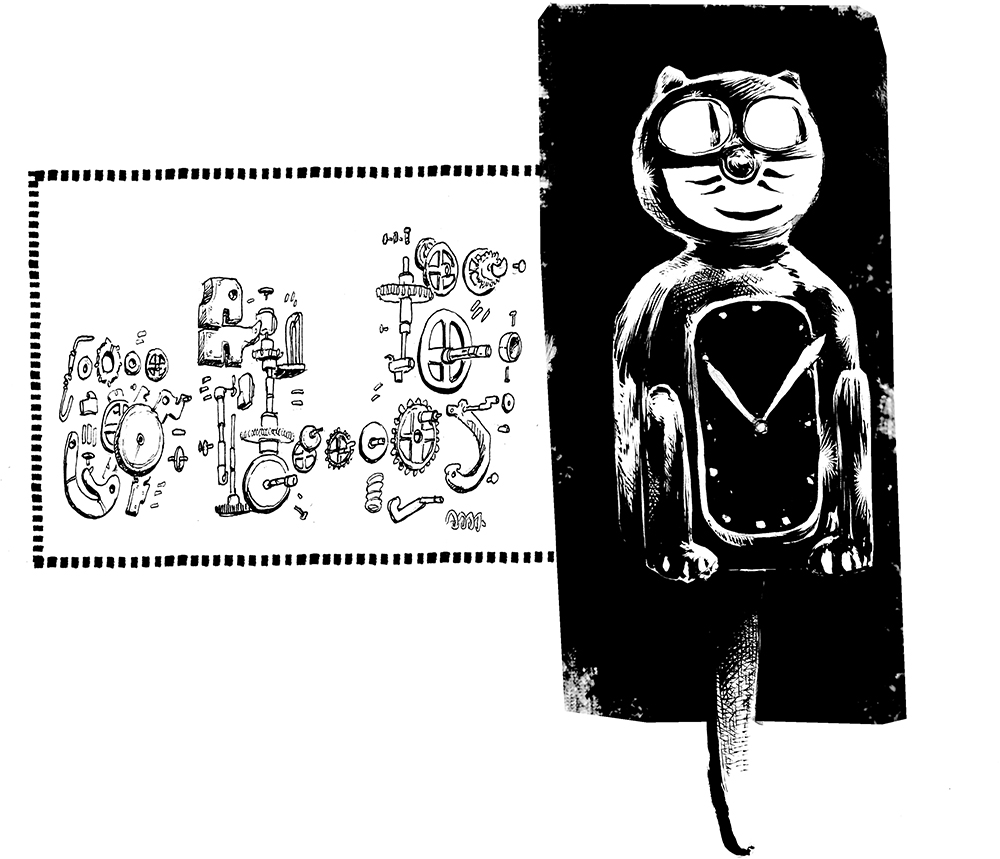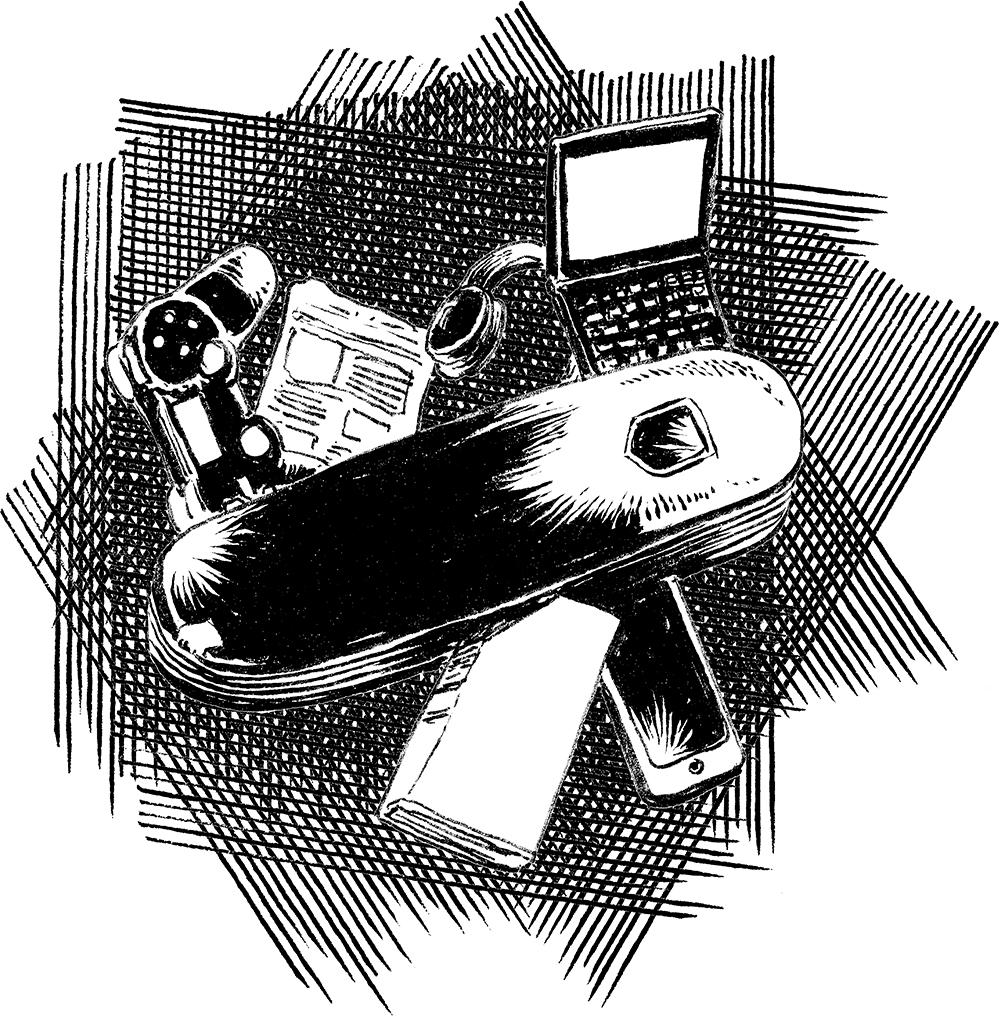Ben Boyington - The Media and Me: A Guide to Critical Media Literacy for Young People
Here you can read online Ben Boyington - The Media and Me: A Guide to Critical Media Literacy for Young People full text of the book (entire story) in english for free. Download pdf and epub, get meaning, cover and reviews about this ebook. year: 2022, publisher: Seven Stories Press, genre: Politics. Description of the work, (preface) as well as reviews are available. Best literature library LitArk.com created for fans of good reading and offers a wide selection of genres:
Romance novel
Science fiction
Adventure
Detective
Science
History
Home and family
Prose
Art
Politics
Computer
Non-fiction
Religion
Business
Children
Humor
Choose a favorite category and find really read worthwhile books. Enjoy immersion in the world of imagination, feel the emotions of the characters or learn something new for yourself, make an fascinating discovery.
- Book:The Media and Me: A Guide to Critical Media Literacy for Young People
- Author:
- Publisher:Seven Stories Press
- Genre:
- Year:2022
- Rating:4 / 5
- Favourites:Add to favourites
- Your mark:
The Media and Me: A Guide to Critical Media Literacy for Young People: summary, description and annotation
We offer to read an annotation, description, summary or preface (depends on what the author of the book "The Media and Me: A Guide to Critical Media Literacy for Young People" wrote himself). If you haven't found the necessary information about the book — write in the comments, we will try to find it.
During the recent presidential election, media literacy became a buzzword that signified the threat media manipulation posed to democratic processes. Meanwhile, statistical research has shown that 8 to 18 year-olds pack more than eleven hours with some form of media into each day by media multitasking. Young people are not only eager and interested to learn about and discuss the realities of media ownership, production, and distribution, they also deserve to understand differential power structures in how media influences our culture.
The Media and Me provides readers with the tools and perspectives to be empowered and autonomous media users. The book explores critical inquiry skills to help young people form a multidimensional comprehension of what they read and watch, opportunities to see others like them making change, and insight into their own identity projects. By covering topics like storytelling, building arguments and recognizing fallacies, surveillance and digital gatekeeping, advertising and consumerism, and global social problems through a critical media literacy lens, this book will help students evolve from passive consumers of media to engaged critics and creators.
The Media and Me is a joint production of The Censored Press and Triangle Square Books for Young Readers.
Ben Boyington: author's other books
Who wrote The Media and Me: A Guide to Critical Media Literacy for Young People? Find out the surname, the name of the author of the book and a list of all author's works by series.

